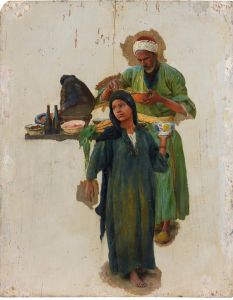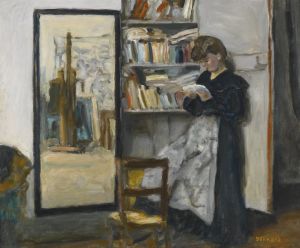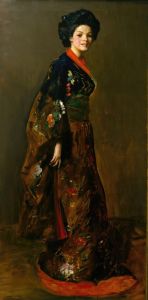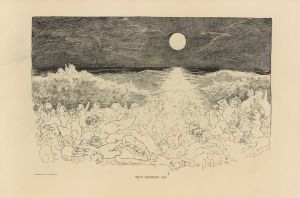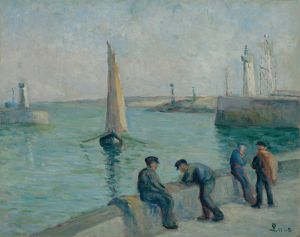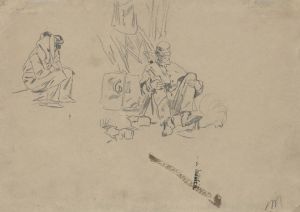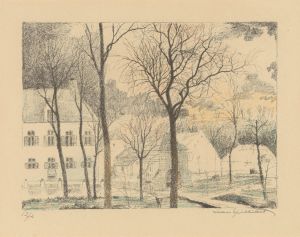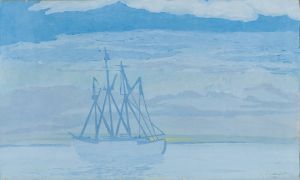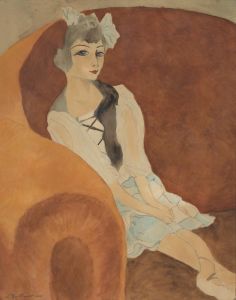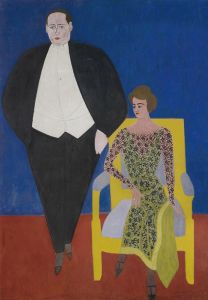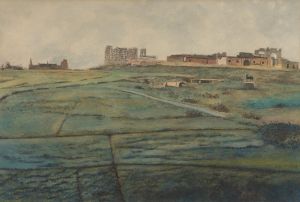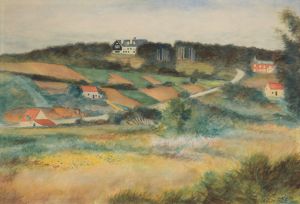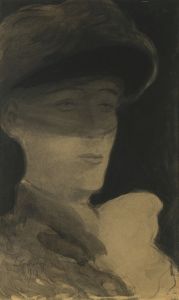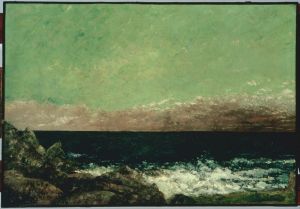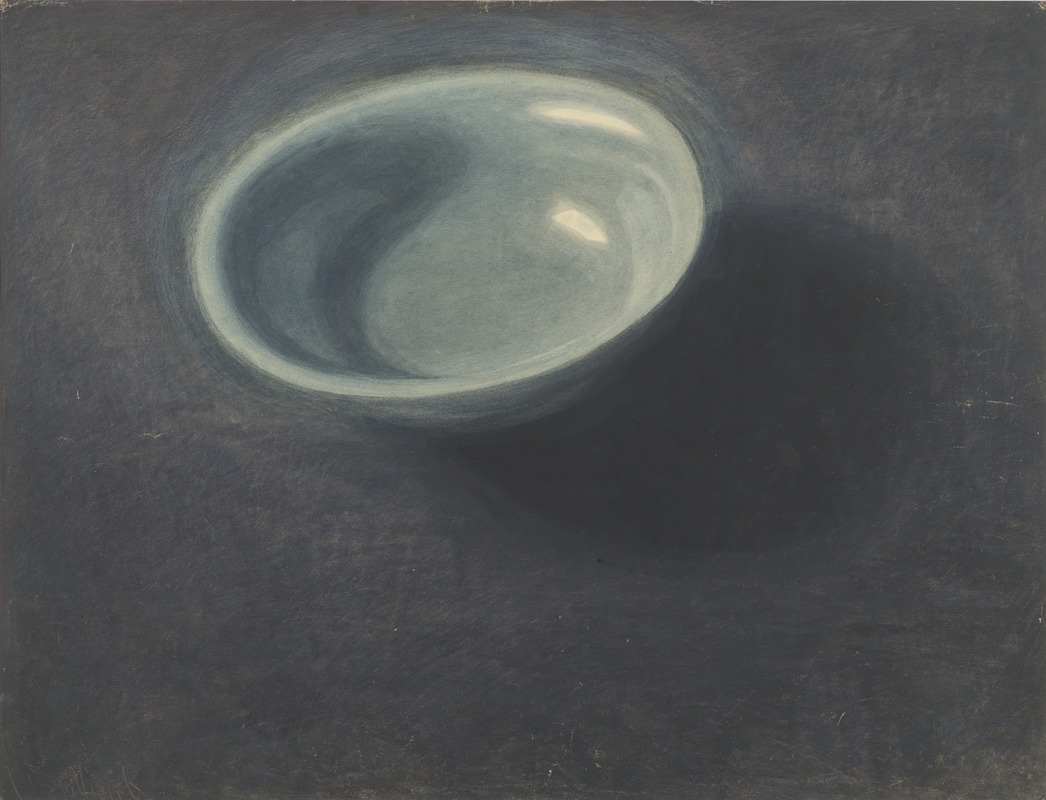
De blauwe teil
A hand-painted replica of Léon Spilliaert’s masterpiece De blauwe teil, meticulously crafted by professional artists to capture the true essence of the original. Each piece is created with museum-quality canvas and rare mineral pigments, carefully painted by experienced artists with delicate brushstrokes and rich, layered colors to perfectly recreate the texture of the original artwork. Unlike machine-printed reproductions, this hand-painted version brings the painting to life, infused with the artist’s emotions and skill in every stroke. Whether for personal collection or home decoration, it instantly elevates the artistic atmosphere of any space.
Léon Spilliaert was a Belgian symbolist painter and graphic artist, known for his unique style that often combined elements of symbolism and expressionism. One of his notable works is "De blauwe teil" (The Blue Tub), which showcases his distinctive approach to art, characterized by a moody atmosphere and a keen exploration of solitude and introspection.
"De blauwe teil" was created during a period when Spilliaert was deeply engaged with themes of isolation and existential reflection. This painting, like many of his works, reflects his fascination with the interplay of light and shadow, as well as his interest in capturing the psychological depth of his subjects. Spilliaert often used a limited color palette, and in "De blauwe teil," the dominant blue tones contribute to the overall somber and contemplative mood of the piece.
The painting depicts a solitary figure, often interpreted as a woman, engaged in a moment of introspection. The figure is positioned near a blue tub, which serves as the focal point of the composition. The use of blue is significant, as it not only highlights the central object but also evokes a sense of calmness and melancholy. Spilliaert's skillful use of color and light creates a sense of depth and dimension, drawing the viewer into the introspective world of the subject.
Spilliaert's work is often associated with the symbolist movement, which sought to express the emotional and spiritual experiences of the artist. His paintings frequently explore themes of solitude, silence, and the passage of time, and "De blauwe teil" is no exception. The painting invites viewers to contemplate the inner life of the subject, offering a glimpse into the quiet moments of reflection that define the human experience.
Throughout his career, Spilliaert was influenced by a variety of artistic movements and figures, including the works of Edvard Munch and James Ensor. His unique style, however, set him apart from his contemporaries, as he developed a visual language that was distinctly his own. Spilliaert's ability to convey complex emotions through simple compositions and his mastery of light and shadow have earned him a lasting place in the history of art.
"De blauwe teil" is a testament to Spilliaert's artistic vision and his ability to capture the nuances of human emotion. The painting remains an important example of his work, illustrating his commitment to exploring the depths of the human psyche through art. Today, Spilliaert's paintings are celebrated for their emotional depth and technical skill, and "De blauwe teil" continues to be appreciated by art enthusiasts and scholars alike for its haunting beauty and introspective quality.





